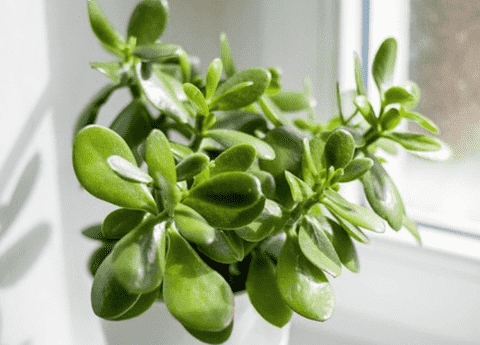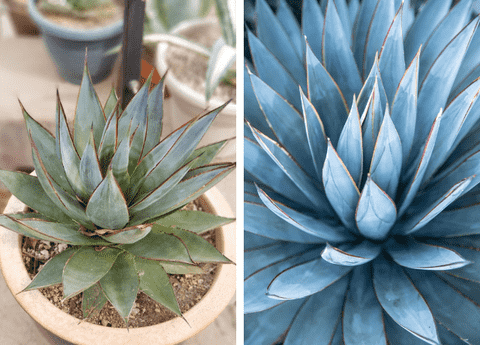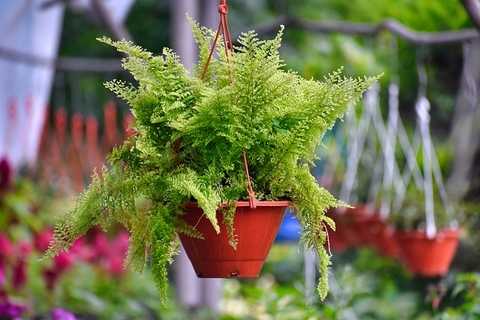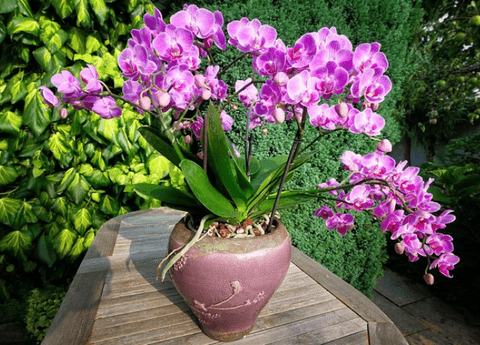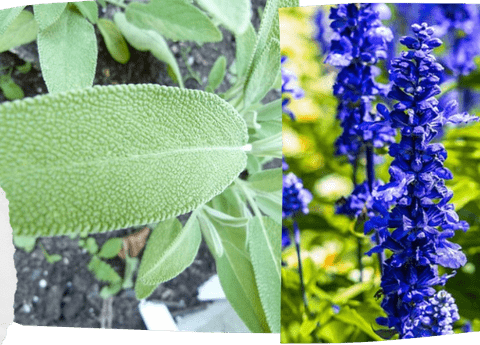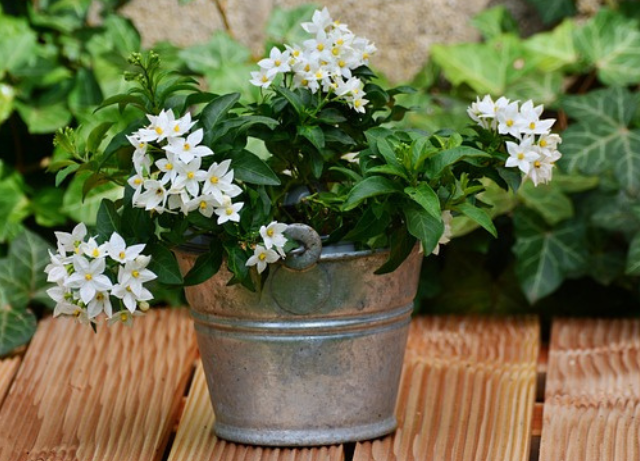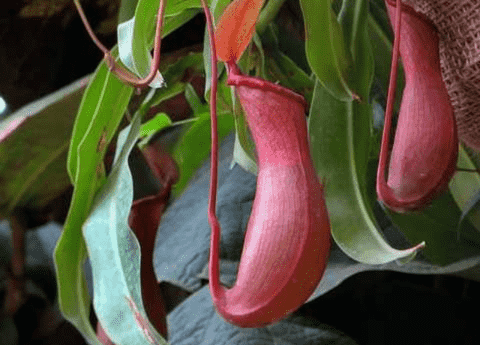How to Grow a Jade Plant: Step-by-Step Instructions for a Healthy Indoor Garden
Growing a jade plant can be a rewarding and enjoyable experience for both novice and seasoned gardeners alike. Known for its thick, succulent leaves and easy-going nature, the jade plant is a popular choice for indoor gardens due to its minimal care requirements and aesthetic appeal. In this guide, we will provide step-by-step instructions to help you cultivate a healthy jade plant that will thrive in your home. From selecting the right potting mix to mastering the watering routine, you’ll find all the tips and tricks needed to nurture this resilient and charming houseplant.
Choosing the Right Jade Plant
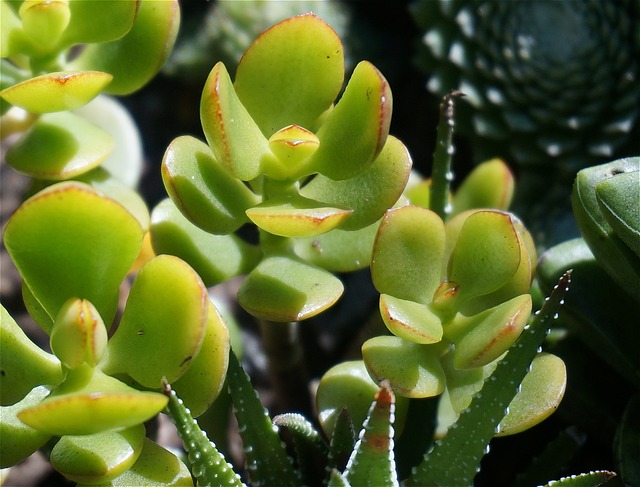
Selecting Healthy Specimens
When choosing a jade plant, it is crucial to select a healthy specimen to ensure successful growth. Look for plants with vibrant, green leaves that are firm and plump. Avoid plants with yellowing, wilted, or spotted leaves, as these are signs of poor health or disease. Inspect the stems and make sure they are sturdy and free of any soft or mushy areas, which can indicate rot. Additionally, check the roots if possible; healthy roots should be white or light tan and firm to the touch. Ensure the plant is not root-bound, where roots are tightly wound around the pot. A well-cared-for jade plant with healthy characteristics will adapt better to its new environment and require less initial maintenance, setting you on the right path to growing a thriving indoor garden.
Understanding Jade Plant Varieties
Jade plants come in various species and cultivars, each with unique characteristics. The most common variety is Crassula ovata, known for its thick, oval-shaped leaves and tree-like appearance. Another popular type is the Crassula ovata ‘Hobbit,’ which features tubular, curled leaves that give it a distinctive look. Crassula ovata ‘Gollum’ is similar but has elongated, trumpet-shaped leaves. For those interested in a more compact plant, the Crassula ovata ‘Minima’ has smaller leaves and a more petite growth habit. Variegated varieties, such as Crassula ovata ‘Tricolor,’ offer leaves with white or cream-colored edges, adding visual interest. Understanding these different varieties can help you choose the one that best fits your aesthetic preference and space requirements. Knowing the specific needs of your chosen variety will also guide you in providing optimal care for your jade plant.
Planting and Potting Jade Plants
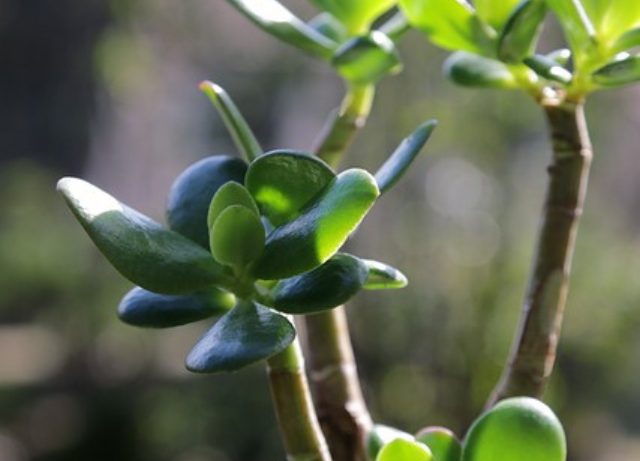
Ideal Soil Mix
Selecting the right soil mix is essential for the health of your jade plant. Jade plants flourish in well-draining soil that closely resembles their natural environment. A cactus or succulent potting mix is an excellent choice, as it includes sand, perlite, and other materials that enhance drainage. Alternatively, you can create your own mix by combining regular potting soil with coarse sand or perlite in a 2:1 ratio. This custom blend helps prevent water retention, which can cause root rot. Avoid using heavy, clay-based soils, as they retain excessive moisture and can suffocate the roots.Make sure your pot has drainage holes to let excess water drain out. Proper soil and drainage are critical to preventing overwatering and promoting healthy root development, setting a strong foundation for your jade plant’s growth.
Choosing the Right Pot
Choosing the right pot for your jade plant is essential for its health and growth. Opt for a pot made from materials like terracotta or ceramic, as these allow for better air circulation and moisture evaporation. The pot should have drainage holes at the bottom to let excess water escape, preventing root rot. Size matters too; choose a pot that is slightly larger than the root ball of the plant. A pot that is too large can lead to overwatering, while one that is too small can restrict root growth. As jade plants are top-heavy, a heavier pot can provide the necessary stability to keep the plant upright. Additionally, avoid using pots with a glazed interior, as this can hinder proper drainage. By selecting the right pot, you ensure your jade plant has the support and environment it needs to flourish.
Caring for Your Jade Plant
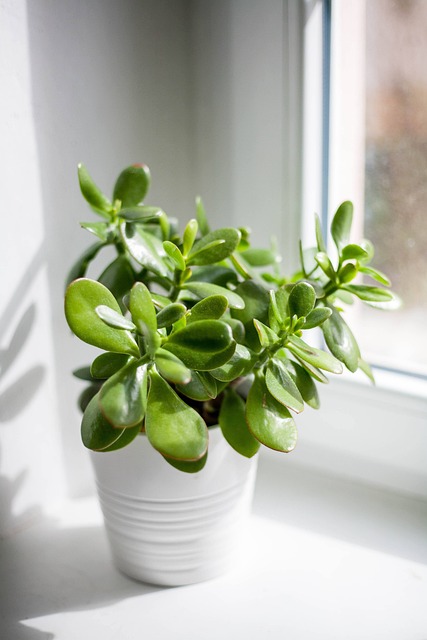
Watering Schedule and Techniques
Proper watering is vital for the health of your jade plant. These succulents store water in their leaves and do not require frequent watering. During the growing season, typically from spring to early fall, water your jade plant thoroughly but allow the soil to dry out completely between waterings. This usually means watering every two to three weeks, depending on your indoor climate. In the winter months, reduce watering to once a month as the plant enters a dormant phase.
When watering, ensure the water reaches the root zone by watering until it flows out of the drainage holes. Keep water off the leaves to prevent rot. Always empty the saucer beneath the pot to prevent the roots from sitting in water. By following these watering techniques, you help maintain a healthy moisture balance, encouraging robust growth and preventing common issues like root rot.
Light and Temperature Requirements
Jade plants thrive in bright light, making proper lighting essential for their growth. Place your jade plant in a location that receives at least four to six hours of direct sunlight daily. A south-facing window is ideal, but an east or west-facing window can also work if it gets ample light. If natural light is insufficient, consider using a grow light to meet your plants’ lighting needs
Temperature also plays a critical role in the health of your jade plant. These plants prefer daytime temperatures between 65°F and 75°F (18°C to 24°C) and nighttime temperatures between 50°F and 55°F (10°C to 13°C). Avoid placing your jade plant near drafts, heating vents, or cold windows, as sudden temperature changes can stress the plant.
By ensuring your jade plant receives adequate light and maintaining stable, appropriate temperatures, you create a conducive environment for it to flourish and grow robustly.

